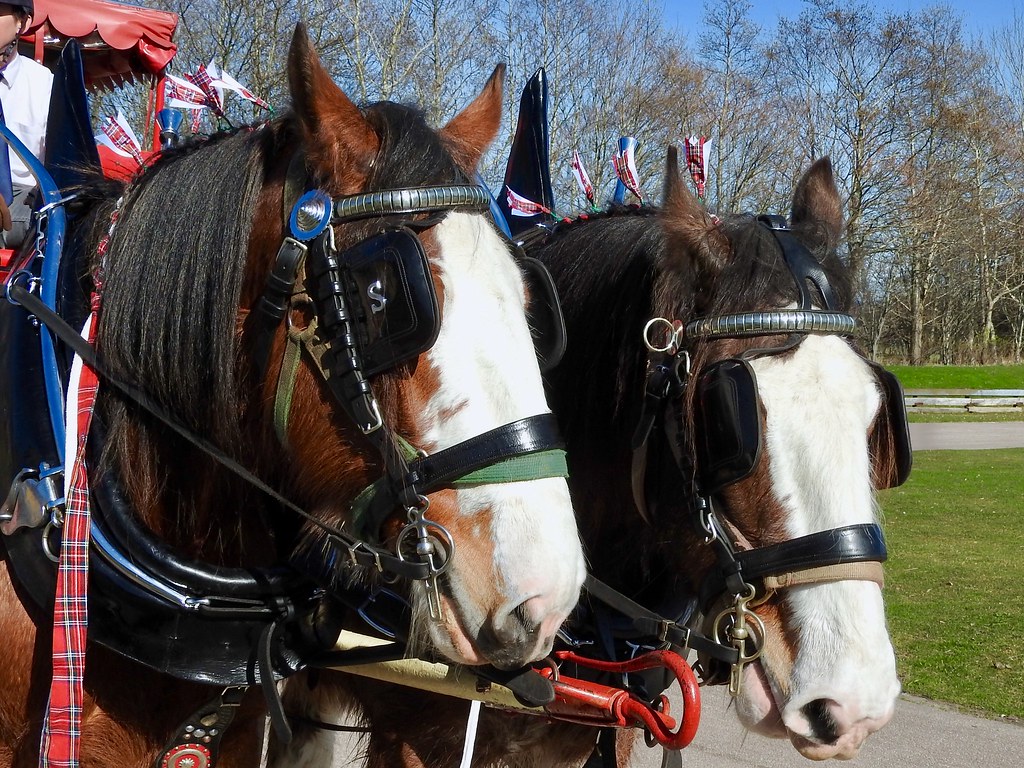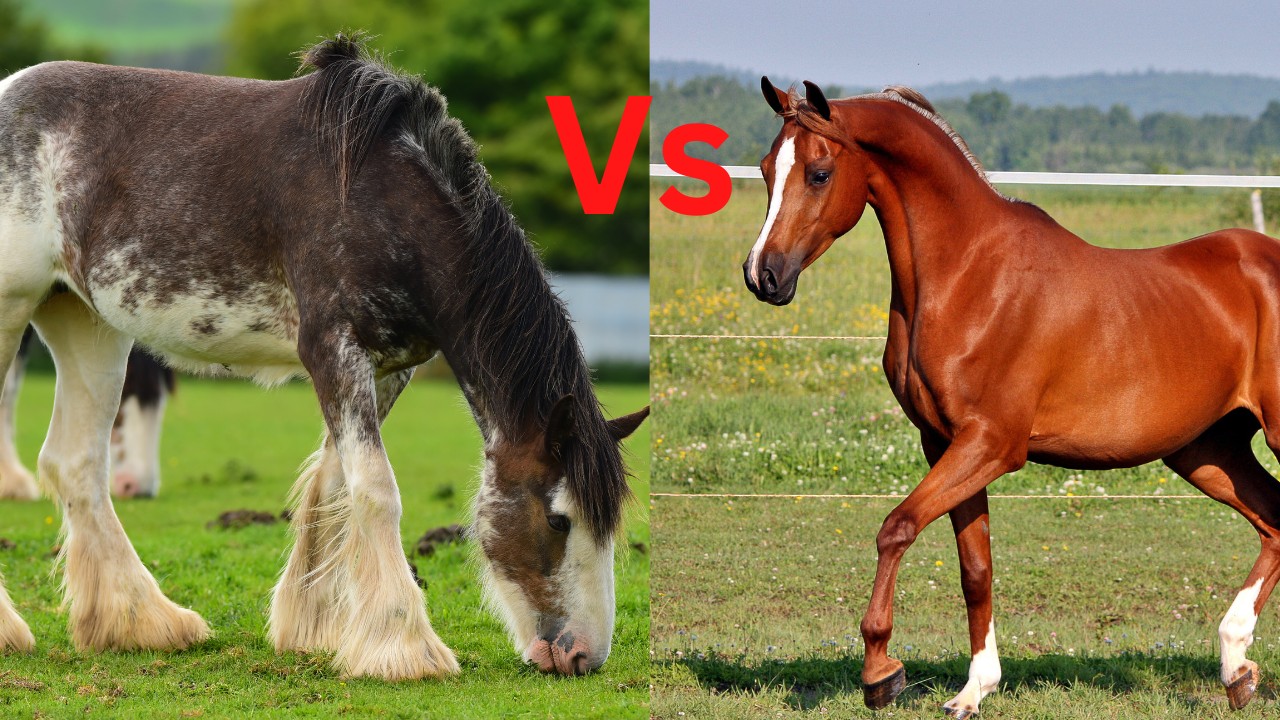The Clydesdale: Scotland’s Famous Draft Horse

The Clydesdale horse is one of Scotland’s most iconic and beloved draft breeds, renowned worldwide for its strength, size, and distinctive appearance. This article explores the history, characteristics, uses, and cultural significance of the Clydesdale, providing a detailed and SEO-friendly overview.
Introduction

The Clydesdale horse originated in the Clydesdale region of Scotland during the 18th century. Bred primarily for heavy farm and industrial work, these horses quickly gained a reputation for their power and gentle temperament. Today, they are celebrated not only as working animals but also as symbols of heritage and tradition.
History and Origin
- Origins: Developed in the Clyde Valley, the breed was created by crossing native Scottish mares with Flemish stallions.
- Purpose: Initially bred to meet the demands of agriculture and transportation during the Industrial Revolution.
- Recognition: The Clydesdale Horse Society was established in 1877 to preserve and promote the breed.
Physical Characteristics
| Feature | Description |
|---|---|
| Height | Typically 16 to 18 hands (64 to 72 inches) |
| Weight | Between 1,800 to 2,000 pounds |
| Coat Colors | Usually bay with white markings on face and legs |
| Distinctive Traits | Feathering on lower legs, broad forehead, large eyes |
Temperament and Behavior
Clydesdales are known for their calm and willing nature, making them excellent for both work and show. Their intelligence and gentle disposition allow them to be trained easily, which contributes to their popularity in parades and exhibitions.
Uses and Applications
- Agricultural Work: Historically used for plowing fields and hauling heavy loads.
- Transportation: Played a key role in pulling wagons and carriages.
- Show and Entertainment: Featured in parades, circuses, and promotional events (notably by Budweiser).
- Therapeutic Riding: Their gentle nature makes them suitable for equine-assisted therapy.
Cultural Significance
The Clydesdale has become a symbol of Scottish pride and heritage. Its image is often used in branding and marketing, and it holds a special place in equestrian culture worldwide.
Frequently Asked Questions (FAQ)
Q1: How tall do Clydesdales typically grow?
A: They usually stand between 16 and 18 hands high.
Q2: What makes Clydesdales unique compared to other draft horses?
A: Their distinctive feathering on the legs and striking bay coat with white markings set them apart.
Q3: Are Clydesdales still used for farm work today?
A: While less common, they are still used in some traditional farming and logging operations.
Q4: Can Clydesdales be kept as pets?
A: Due to their size and care needs, they are better suited for farms or stables rather than typical household pets.
Conclusion
The Clydesdale horse remains a majestic and enduring symbol of Scotland’s agricultural past and cultural identity. Whether admired in fields, parades, or therapy programs, this draft horse continues to capture hearts around the world.
Explore more about Scotland’s heritage and the remarkable animals that have shaped its history.
